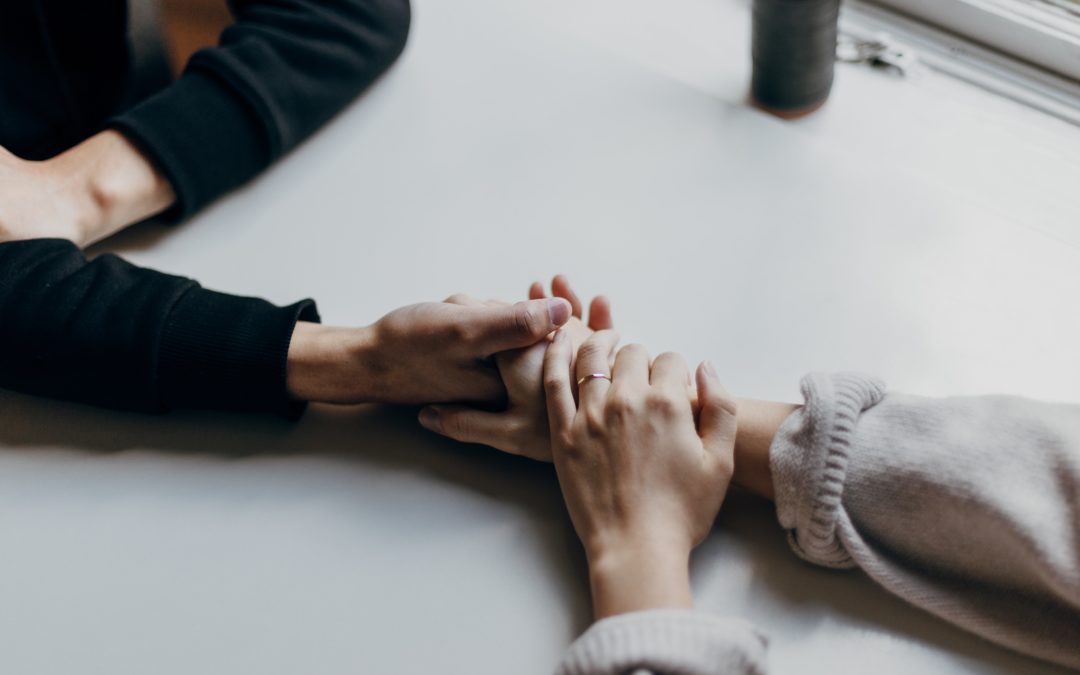We have all been hurt in our closest relationships, whether intentionally or unintentionally. It is a simple fact of life. Many of these injuries are shallow, and heal without much effort, like paper cuts. Sometimes, though, the injury is more serious, because it shifts the level of trust between two partners. In the therapy world, these types of high-impact events are called attachment injuries. Dr. Sue Johnson shares that:
An attachment injury is “a feeling of betrayal or abandonment during a critical time of need.”
Sometimes an injury is obvious to both partners, and the injuring partner can understand the impact, and take responsibility for their behavior. For example, a sexual affair is generally regarded to be a violation of relationship norms. Most people consider it to be wrong, and feel enormous shame as a result.
At other times, however, an attachment injury is more vague, perhaps because the injuring partner did not intend to do harm. For example, Jane struggles at home alone with her newborn while her husband John spends extra hours at work. Jane feels abandoned by John, as he works in order to provide financially for their household.
In this case, the injuring partner (John) may have genuine trouble understanding how his actions have such a negative impact. He may be understandably hesitant to validate Jane’s narrative of the event, because it might feel like taking blame when harm was never intended. Unfortunately, this position can lead to gridlock when the injured partner (Jane) genuinely experienced hurt as a result of John’s actions, however unintentional they might have been. Until John can listen and acknowledge the hurting partner’s pain in a compassionate way, healing will not progress.
One thing that will help John to open himself up to hearing about Jane’s experience is to understand that it is possible to provide validation and care without absorbing fault. For example, if you accidentally hit your loved one with a baseball bat, not knowing they are standing behind you, the most helpful immediate response would be to say, “Oh no! I’m so sorry, I can see how much pain you are in, and I want you to feel better. What can I do to help?” This kind of compassionate, caring response will help your loved one to trust you again, and to accept your narrative that it was an accidental injury. You can then move forward with trust, and you can also make a plan to avoid the same accident in the future.
Similarly, a helpful conversation between John and Jane would be one in which John listens to her pain, and validates how alone and unsupported she must have felt. When he can listen to her pain (which might include anger), without trying to defend or argue her experience, it will show her that he cares. The simple fact that her pain matters to him will help her to trust and accept his narrative.
If you’ve contributed to an injury like this, knowingly or unknowingly, here are four steps to help your partner work through an attachment injury:
- Respond now, explain later—listen to your partner’s pain without interrupting. Seek to understand even if it’s challenging to hear about the pain you may have caused.. Resist the immediate urge to explain or defend your actions.
- Communicate remorse—allow yourself to be moved emotionally by your partner’s hurt. Show them that you care by expressing your emotions.
- Indicate your intent to avoid repeating—when we are remorseful for hurting our partner, this comes naturally. It is important for your partner to feel your remorse in order to trust you moving forward.
- Provide your narrative—when you are satisfied that your partner has felt emotionally validated by you, ask if it would be helpful for them to hear your narrative. If you can provide your perspective without being defensive, this can help to clarify and repair.
Need a bit more help?
Working through attachment injuries can be hard. If you and your partner are struggling to process, and move forward, we can help. Sometimes it takes the trained ear of a compassionate therapist to guide a couple in the right direction.
If you want to learn more about our services and live in Arizona, North Carolina, South Carolina, or Texas, we can help. Contact us to get started. We offer virtual (via Zoom) and in-person sessions at our Charlotte, NC and Carefree, AZ office locations.
